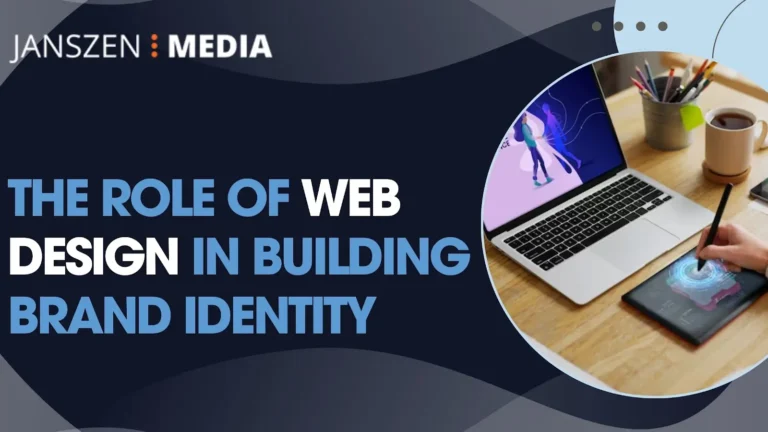
Pixar’s Inside Out (2015) masterfully personified the inner emotional world of an 11-year-old girl, Riley, using characters like Joy, Sadness, Anger, Fear, and Disgust. Now, with Inside Out 2 on the horizon, fans are buzzing about how the sequel will tackle the complexities of adolescence—and how it might reflect our increasingly digital lives. Rumors suggest the film will introduce new emotions tied to modern struggles, from social media anxiety to the allure of virtual connections. Could concepts like face swap videos or even the rise of the AI girlfriend phenomenon inspire plot points? Let’s dive into what we know and what we hope to see.
Growing Up in a Digital World
The original Inside Out resonated because it captured universal truths about growing up. But Riley’s world in 2024 is vastly different. Today’s teens navigate TikTok trends, Instagram filters, and AI-driven apps that blur the lines between reality and fantasy. If Inside Out 2 follows Riley into her teenage years, her “Headquarters” will likely need new emotional characters to manage challenges like online validation, digital identity crises, and the pressure to curate a perfect persona.
Imagine a new emotion like “Anxiety 2.0,” constantly refreshing social media feeds, or “Validation,” obsessed with likes and comments. These could clash with Joy and Sadness as Riley grapples with self-esteem in a world where face swap videos let users try on different identities with a tap. Such tools, while fun, often amplify insecurities what happens when Riley experiments with a filter that makes her look “prettier” or “cooler”? Does her sense of self become fragmented?
The Allure and Danger of Digital Escapism
One of the most intriguing modern phenomena is the rise of virtual companions, including AI girlfriends. Apps like Replika and Character.AI allow users to craft personalized digital relationships, offering companionship without the messiness of human interaction. While this might sound dystopian, it’s a reality for many teens seeking connection in an isolating world.
Could Inside Out 2 explore this theme? Picture a subplot where Riley, feeling lonely or misunderstood, creates an AI companion to cope. Her emotions might debate the ethics of this crutch: Joy sees it as a harmless escape, Sadness worries it prevents genuine connection, and Fear frets over dependency. This storyline could mirror real-world debates about AI’s role in mental health and whether synthetic relationships hinder or help emotional growth.
Face Swap: Fun Filter or Identity Crisis?
The face swap trend, a staple of apps like Snapchat and TikTok, is another digital quirk that could inspire the film. At first glance, it’s playful—users morph into celebrities, friends, or even animated characters. But for a teenager like Riley, constantly swapping faces might symbolize deeper struggles with self-acceptance. What if her emotions accidentally trigger a “face swap” glitch in her mind, causing her to adopt others’ personalities to fit in?
This could manifest as a literal internal conflict. Imagine a scene where Riley’s emotions scramble to fix a malfunctioning “Identity Console” overloaded with face swap video filters. Each filter represents a different version of herself she feels pressured to embody—the perfect student, the trendy influencer, the agreeable friend. The resolution? Learning that authenticity, though messy, is better than a curated facade.
Balancing Nostalgia and Innovation
For Inside Out 2 to succeed, it must balance the charm of the original with fresh, timely themes. Director Kelsey Mann has hinted that the film will explore “new emotional territories,” which could include emotions like Shame, Envy, or Optimism. But integrating digital-age concepts would ground the story in today’s reality. Teens aren’t just dealing with school stress; they’re wrestling with algorithms that dictate their worth and apps that reshape their self-perception.
A subplot involving Riley’s peers obsessed with AI girlfriends or face swap challenges could serve as both satire and social commentary. Imagine a classmate who only communicates through AI-generated responses or a viral trend where everyone adopts the same “perfect” face. These scenarios would let Pixar critique tech culture while maintaining its signature warmth and humor.
Why This Matters
Pixar has always excelled at making the abstract relatable. Inside Out 2 has the potential to demystify the emotional chaos of growing up in a hyperconnected world. By tackling themes like digital identity, the film could reassure teens that they’re not alone in feeling overwhelmed by the pressure to be “on” all the time—whether online or offline.
Moreover, it could spark conversations about healthy tech habits. If Riley learns to embrace imperfections instead of hiding behind face swap filters or AI simulations, audiences might reflect on their own digital choices.
Final Thoughts
While details about Inside Out 2 remain under wraps, the possibilities are electrifying. By weaving in elements like face swap videos and AI girlfriends, Pixar could craft a story that’s both entertaining and eerily relevant. The sequel wouldn’t just revisit Riley’s mind—it’d hold up a mirror to our own tech-obsessed society, asking: In a world where we can be anyone, how do we stay true to ourselves?





